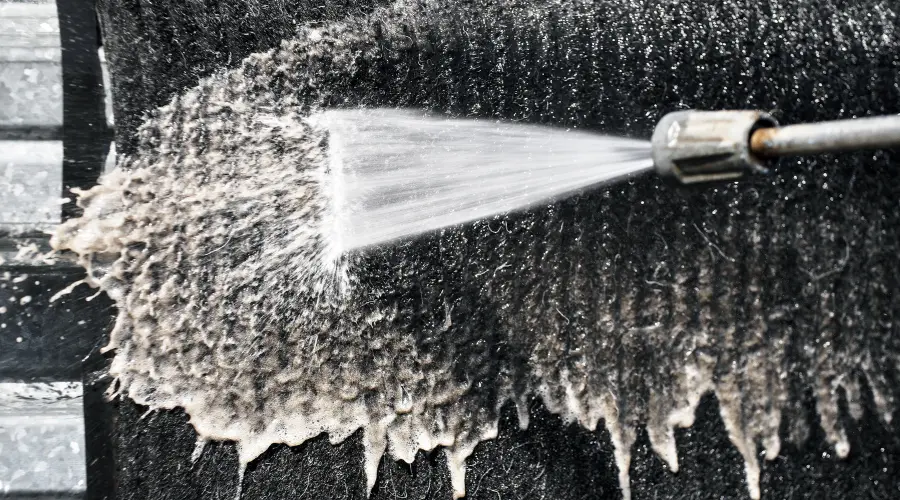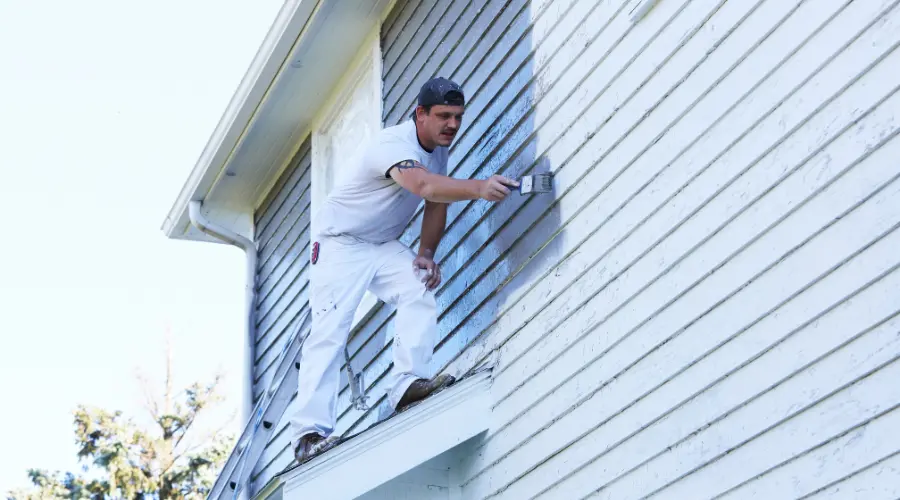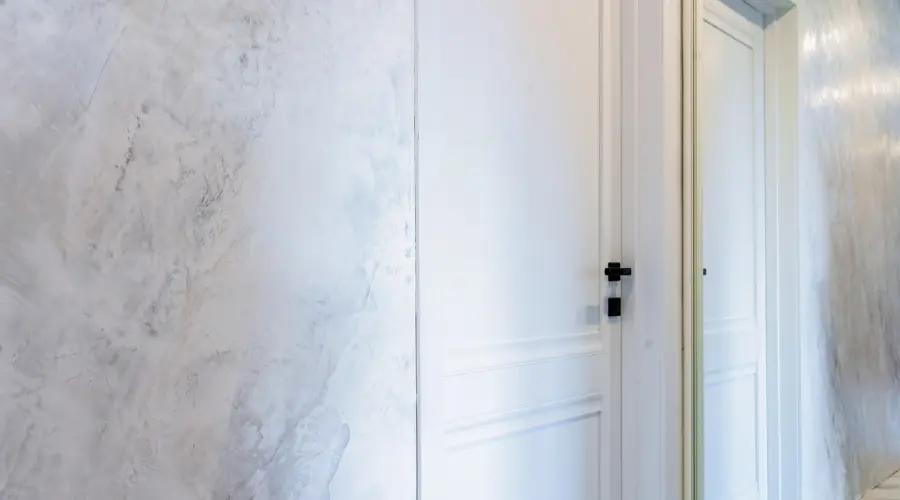Your home’s exterior is more than just a façade—it’s a first impression and a protective shield. Regular painting inspections maintain your home’s aesthetics, safeguard its structure, and extend its value for years.
Key Takeaways
- Preserve Curb Appeal: Regular inspections ensure your home looks vibrant and welcoming.
- Prevent Structural Damage: Early detection of paint wear prevents moisture damage, rot, and mold.
- Save Money: Annual checks reduce costly repairs by catching issues early.
- Safety First: Follow proper protocols for exterior painting to avoid hazards.
- Professional Expertise Matters: Trust experienced professionals like CCT Apex North Carolina House Painting for quality service.
Why is Regular Inspection of Your Home’s Exterior Paint Important?
1. Preserving Aesthetics
Exterior paint defines your home’s personality. Regular inspections identify fading, peeling, or discoloration caused by weather exposure, ensuring your home remains visually appealing and inviting.
2. Preventing Structural Damage
Paint acts as a barrier against moisture and environmental elements. Peeling paint can expose wood or masonry to rain, leading to rot, mold, and decay. Frequent inspections spot these vulnerabilities early, minimizing long-term damage.
3. Enhancing Property Value
In the real estate market, a house with proper upkeep stands out. Touching your paint regularly enhances curb appeal, protecting and possibly increasing your property’s value.
What to Watch for During an Exterior Paint Inspection
1. Cracks and Peeling
Look for cracks or peeling paint, especially on wooden surfaces. Prompt repairs prevent further damage.
2. Discoloration
Sunlight can fade colors or create patches of discoloration. A coat of UV-resistant paint ensures long-lasting vibrancy.
3. Mildew and Mold
Check shaded areas for mold growth, which can compromise structural integrity and pose health risks.
4. Caulking Issues
Damaged caulking around windows and doors allows water to seep in. Replace deteriorated caulking for a watertight seal.
5. Wood Rot
Inspect wooden surfaces for signs of rot. Early detection and repair prevent extensive structural damage.
10 Safety Tips for Exterior Painting
1. Choose the Right Weather
Avoid painting in extreme heat, cold, or high humidity. Opt for mild, dry conditions for best results.
2. Be Wary of Wind
Windy conditions can lead to uneven paint application. Wait for a calmer day for precision work.
3. Inspect Equipment
Ensure ladders, brushes, and sprayers are in excellent condition to avoid accidents.
4. Protect Surroundings
Use drop cloths to shield plants, furniture, and pathways from paint splatters.
5. Stay Hydrated
Painting can be physically taxing To avoid getting tired, take pauses and drink plenty of water.
6. Emergency Preparedness
Keep a first aid kit handy, especially when working on ladders or elevated areas.
7. Sun Protection
Put on protective clothes and sunscreen to prevent UV exposure during outdoor painting.
8. Dispose of Paint Properly
Follow local guidelines for eco-friendly disposal of leftover paint and materials.
9. Electrical Safety
Inspect power cords and use only outdoor-rated extension cords to avoid electrical hazards.
10. Avoid Smoking
Steer clear of flammable materials while painting to prevent fire risks.
Interior Painting Inspection: What to Check
1. Uneven Coverage
Look for inconsistent areas on walls or ceilings. Touch-ups ensure a seamless finish.
2. Adhesion Problems
Peeling or flaking paint indicates poor adhesion. This often requires surface preparation and repainting.
3. Cracks in Paint
Check for cracks caused by structural movement. Addressing these promptly prevents further expansion.
4. Water Stains
Leaks are frequently indicated by stains on walls or ceilings. Resolve underlying plumbing or roof issues before repainting.
Benefits of Annual Paint Inspections
1. Cost Savings
Addressing small issues, such as peeling paint or missing caulking, prevents larger problems like water damage or wood rot, saving you from costly repairs.
2. Extended Paint Life
Routine touch-ups protect your paint from wear caused by sun, rain, and snow, extending its lifespan and delaying the need for a full repaint.
3. Enhanced Home Protection
Annual inspections keep your home’s exterior well-armored against environmental stressors, preserving beauty and structure.
Conclusion
Home painting inspections are essential for maintaining your property’s appearance, safeguarding its structure, and ensuring long-term savings. By addressing issues promptly and following safety protocols, you can preserve your home’s charm and value. Trust CCT Apex North Carolina House Painting for expert assistance to deliver excellence with every brushstroke.
FAQs
Q: How often should I inspect my home’s paint?
A: Conduct a thorough inspection at least once yearly, ideally in spring or fall when weather conditions are favorable.
Q: What are common signs that my home needs repainting?
A: Look for cracks, peeling, discoloration, mildew, and fading. These signs indicate your home’s paint needs attention.
Q: Can I inspect and repaint my home myself?
A: While DIY inspections are possible, professional painters can identify less obvious issues and ensure proper application techniques for long-lasting results.
Q: How do I choose the right paint for my home?
A: Select high-quality, weather-resistant paints for exteriors and washable, durable paints for interiors. Consult professionals for recommendations.
Q: What are the risks of neglecting paint maintenance?
A: Neglected paint can lead to moisture damage, structural issues, and decreased property value, which can result in expensive repairs.
Q: Why is professional painting beneficial?
A: Professional painters provide expertise, proper equipment, and quality results, ensuring your home remains protected and aesthetically pleasing.
Q: How do weather conditions affect exterior painting?
A: Extreme weather, like high heat, cold, or humidity, can hinder paint adhesion and drying. Opt for mild, dry weather for the best results.
Q: What safety measures should I take during exterior painting?
A: Use stable ladders, wear protective gear, ensure proper ventilation, and follow guidelines for disposing of paint materials.
By following these guidelines, your home will remain a beautiful, durable sanctuary for years.







